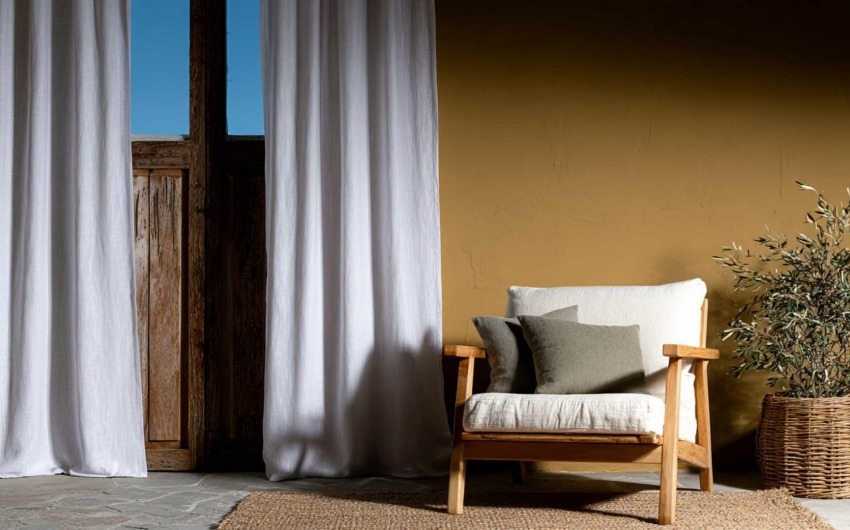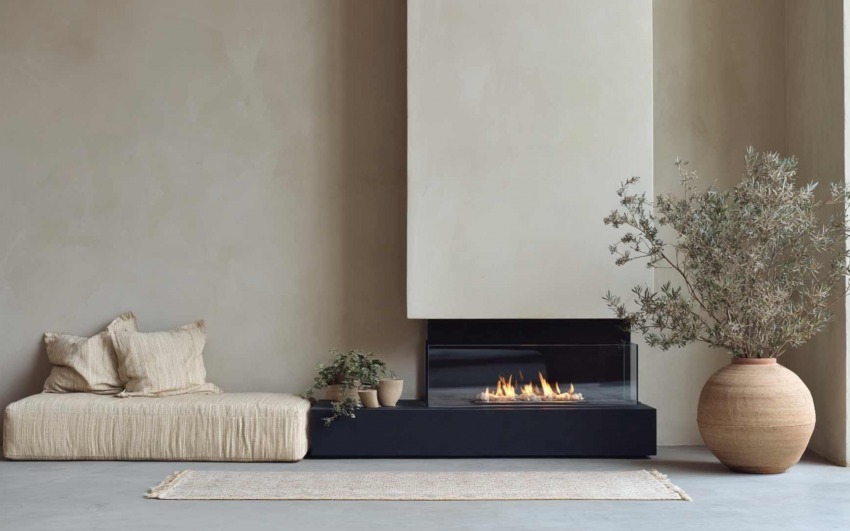3/17/2023
Organize the space according to your needs
When deciding to design a garden, the primary aspect to take into consideration is to evaluate the functionality you would like to give it: "personal relaxation area away from the noise of chaos and everyday life" or "convivial place to live with the family, perhaps suitable for children?”, “Area dedicated to sport” or “place dedicated to the well-being of body and mind?”. Once you have carefully and carefully evaluated your needs, you can start taking a look around you, carefully studying the context that surrounds you.
_aee3c52b1d_.jpg)
Optimize spaces
Once you have chosen the functionality to attribute to your garden, you can choose how to divide the areas, trying to highlight its strengths and camouflage its defects. Therefore, our advice is to pay attention to proportions, units and geometries, thus trying, as a basic rule, to optimize spaces to the fullest, recreating a comfortable environment that respects the right balance between all the components inserted in your garden.
_67a8100225_.jpg)
Respect the place
One of the fundamental rules, in order to give life to an impeccable garden, lies in recreating a space in full harmony with the surrounding environment: what sense would it have to insert, for example, plants of an exotic nature, in a countryside or hill landscape? Don't forget, therefore, that plants are a fundamental element in the design of your garden!
_0f28fbca17_.jpg)
Taking care of borders
Another important aspect, contrary to what one might think, is the careful attention paid to the perimeter boundaries, since the boundary limits of the garden, and therefore of your home, are very important in order to guarantee you a serene space equipped with privacy. Our advice is to carefully evaluate the right solution to adopt, of suitable dimensions, to surround your garden, such as hedges or trees of various kinds, for example.
_eb6202e942_.jpg)
Create a sheltered shaded area
When designing a garden, shaded areas or shelters from possible bad weather certainly cannot be missing: you could think of using the vegetation to recreate them, but don't forget that a robustly protected area, especially in case of rain, could be truly functional and, consequently, a fundamental element, for example by introducing a gazebo, a veranda or an avant-garde tensile structure.
_8a7dceacb7_.jpg)
Choose the ideal style, furnishings and atmosphere
The last rule, but not least of importance, is to carefully evaluate the style to be attributed to your garden, even better if there is continuity with the style chosen for the interior furnishings. Consequently, the choice of furnishings to be included is also very important, since they must conform to the external environment, without neglecting the importance of comfort and aesthetics. These elements, combined with a suggestive nocturnal atmosphere, capable of emphasizing the structure and details of our space, will give life to a truly perfect dream garden!
_e06a5c8e09_.jpg)
_14077b47db_23.jpg)
Interior Designer since 1985
CEO & Founder, Italian Design in the World
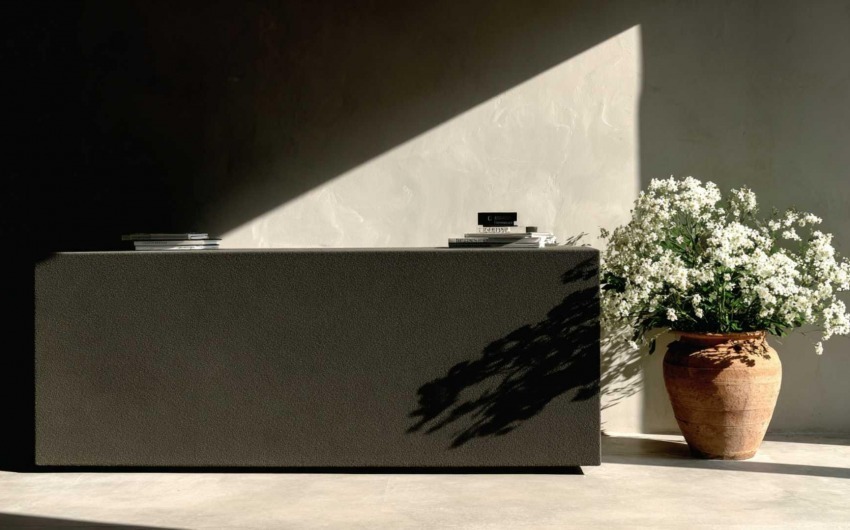
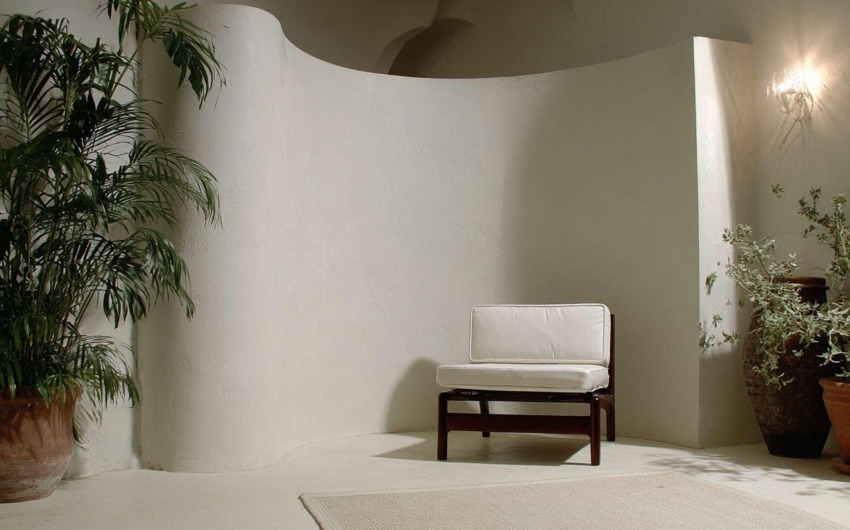
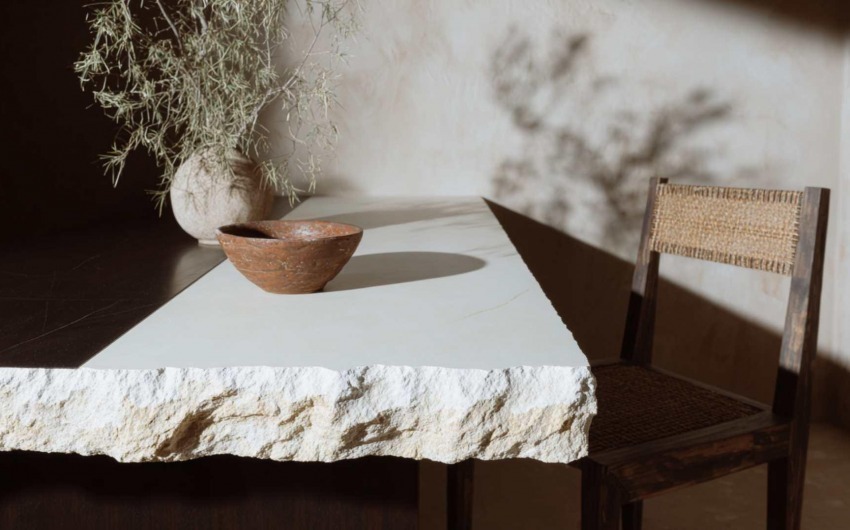
_0f565b1edb_633.jpg)
